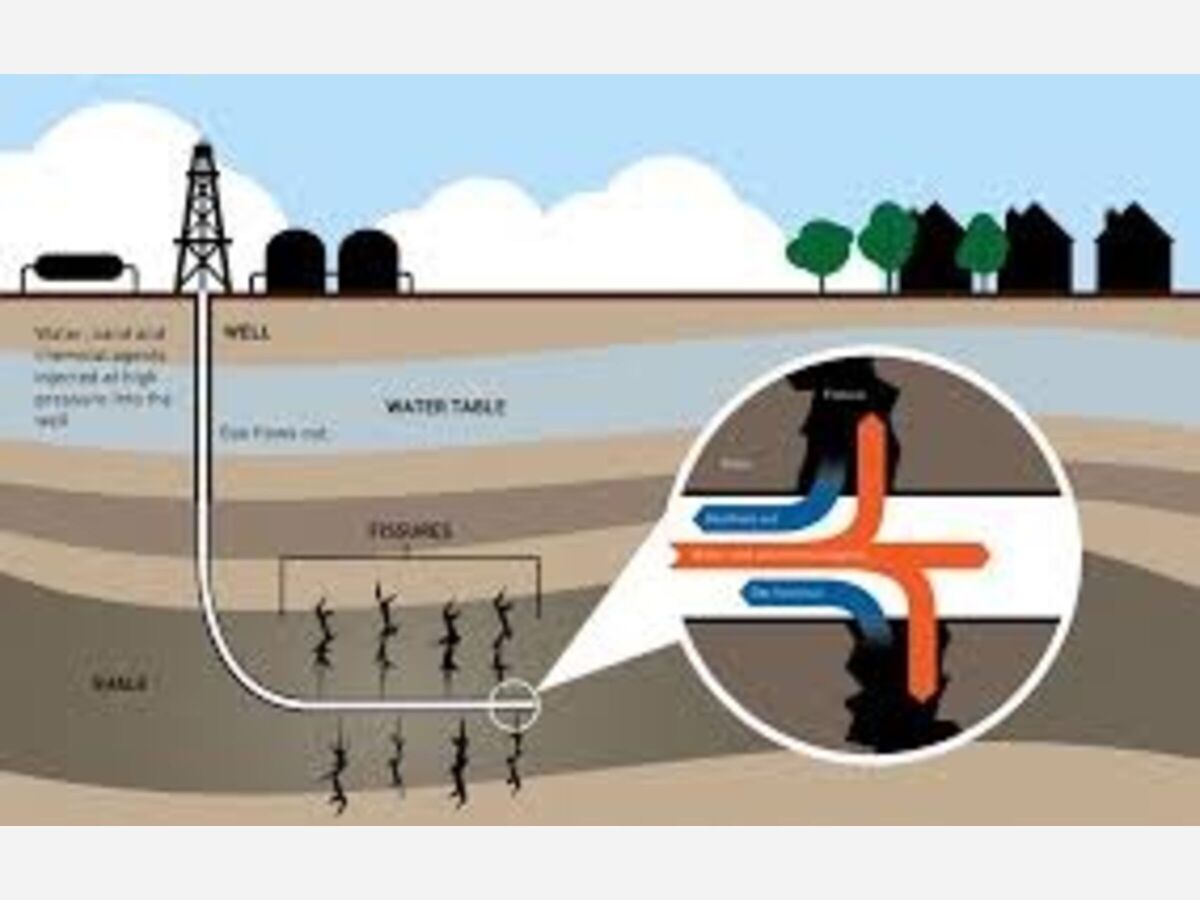Image

An earthquake occurred Thursday near the New Mexico-Texas border and shook Carlsbad as the region saw a recent uptick in seismicity researchers tied to growing oil and gas operations.
A magnitude(M) 4.7 quake was reported at about 7:35 a.m. about 35 miles south of Whites City, per the U.S. Geological Survey.
It was followed by an M 3.0 reported at about 8:40 a.m. At 12:43 a.m. Thursday an M 3.1 earthquake was recorded as well with minor tremors following Wednesday night with three more felt in the area: two M 3 quakes reported at 11:35 p.m. and at 11:48 p.m., records show.
M 4 or higher earthquakes produce shaking that can be felt on the surface, and can damage structures, per the Richter Scale, while quakes of about M 3 can be felt but rarely cause any damage according to most scientists.
Earthquakes at less than M 2 are rarely felt are natural and happen often.
Serious damage can be caused when seismic events reach M 5, such as the largest earthquake recorded in the region in 2020: a quake registering as M 5 near Mentone, Texas.
Between Texas and New Mexico, this year there were 1,017 earthquakes of M 2 or higher reported this, records show, and 11 of M 4 or higher.
Last year, there were 1,488 M2 or higher earthquakes and 13 quakes at M 4 or higher in the region, per the USGS.
That marked an about 472% increase from 2020’s total of 260 earthquakes at M 2 or higher, which followed 63 such quakes reported in 2019.
The increase in seismicity in the region was attributed by recent research to expanded oil and gas operations, chiefly wastewater injection that sees water produced during the hydraulic fracturing, or fracking, process reinjected back underground. The reinjection was believed to increase geologic pressure and result in seismic events.
There has been debate on this research with proponents to the oil industry denying this science. With any mining or drilling no matter the industry there is a trade off between what is pulled from nature and natures reaction.
In response, oil and gas regulators in New Mexico and Texas imposed restrictions in the last year aiming to reduce disposal injection volumes in areas where induced seismicity climbed.
New Mexico’s Oil Conservation Division implemented rules last year reducing injection volumes or shutting wells based on their proximity to quakes in New Mexico of increasing magnitude.
If there are two M 2.5 quakes within a 10-mile radius, well operators are required to increase volume reporting to weekly from monthly.
If an M 3 occurs, all wells within a radius of up to 3 miles must reduce injection volumes by 50 percent, and all wells between 3 and 6 miles away must cut injections by 25 percent.
After an M 3.5 is reported, wells within 3 miles must be shut in and volumes are reduced for those up to 6 miles away.
The Texas Railroad Commission declared three seismic response areas (SRAs) this and last year where increased seismicity was known to occur.
The first was in the Midland-Odessa area on the eastern side of the Permian, declared last year, with another along the border to New Mexico in Culberson and Reeves counties.
Another SRA near Stanton, Texas was established this year.
Quakes in all three areas were tied to wastewater injection, the Railroad Commission said, and entailed reductions in disposal volumes.
The quake was not felt in the Alamogordo area and there was no reported damages of any significance.